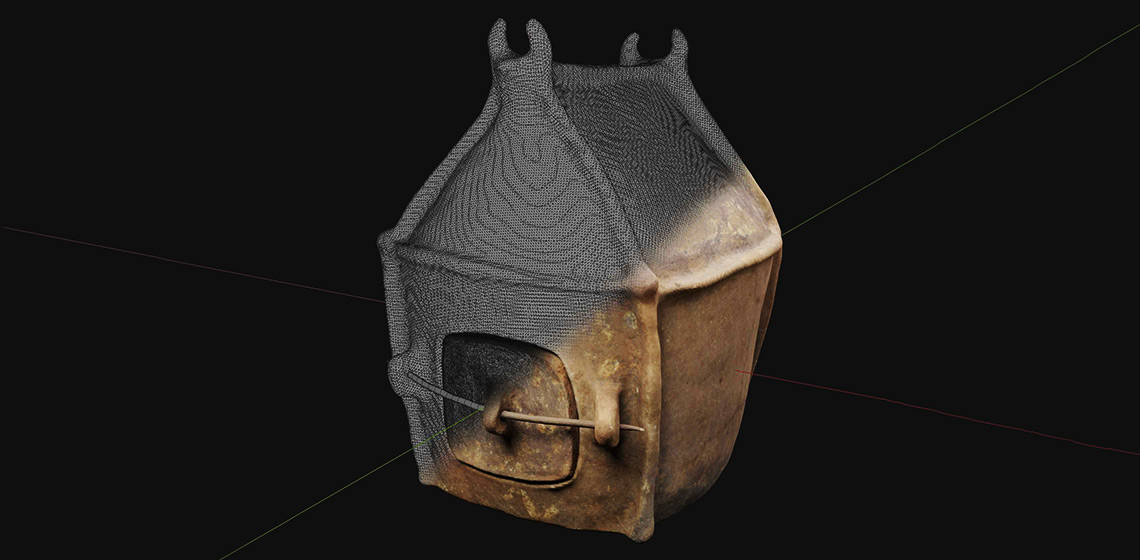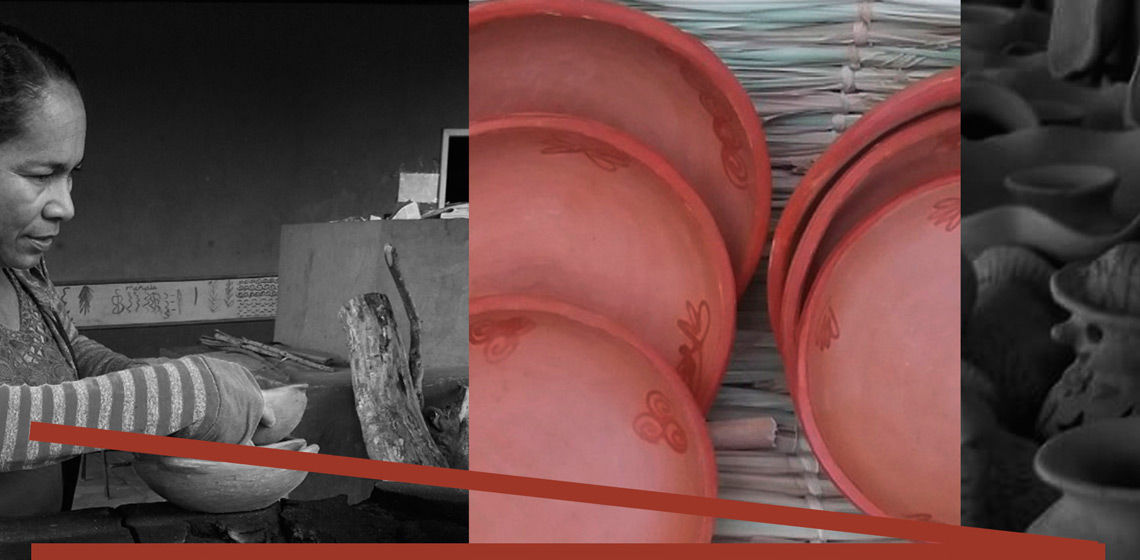Featured in the EXARC Journal
Interpretation
Blending the Material and the Digital: A Project at the Intersection of Museum Interpretation, Academic Research, and Experimental Archaeology
The Development of the 1st Cultural Exchange of Traditional Knowledge and Experimental Practices of the Peruaçu River Basin
Introduction
The Peruaçu National Park is a nature conservation unit located in the environs of the Peruaçu River basin, in the North of the State of Minas Gerais, and it preserves an area for the Cerrado biome of Brazil. The Cerrado is an area of 2 million square kilometres and is the second largest biome covering the Brazilian territory. However, just 20% of it is preserved. The region of the Peruaçu National Park belongs to this preserved 20%. On it is one of the most important archaeological sites of rock paintings in the state of Minas Gerais.









